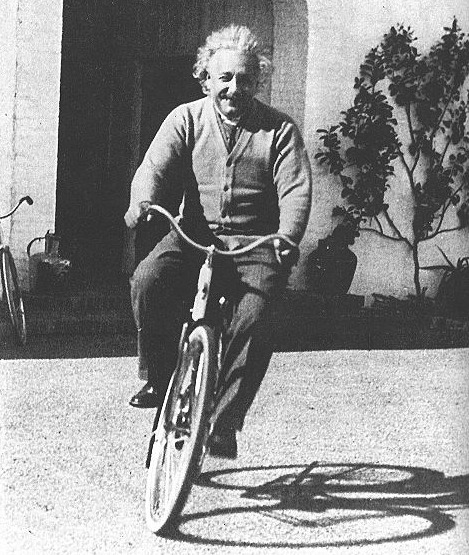The slim book does not need my praise, so I’ll refrain from making a testimonial. But every once in a while I’ll remember that it exists, usually by virtue of keeping the physical object in plain sight. Lately it’s been on my desk, and I’ll sometimes page through it in a disorganized way.
My 1962 edition of The Elements of Style by William Strunk, Jr. & E.B. White is a lean 71 pages (each revised edition gets longer, alack) with generous open spaces at head, foot, and margins. A paradigm of economy, readability, and clarity.
For the purpose of this blog, and for you, Dear Reader, as well as for my own edification, I decided to put down here the list of 21 reminders featured in Chapter V: An Approach to Style.
Before we get to that, I liked this prefatory passage:
Writing is, for most, laborious and slow. The mind travels faster than the pen; consequently, writing becomes a question of learning to make occasional wing shots, bringing down the bird of thought as it flashes by.
In the following, I’ll retype Strunk & White’s reminders accompanied by a salient line or two from the relevant text. For fuller context and clarifications, you’ll need to pick up the book.
1. Place yourself in the background.
“. . . to achieve style, begin by affecting none — that is, place yourself in the background. A careful and honest writer does not need to worry about style.”
2. Write in a way that comes naturally.
“The use of language begins with imitation . . . it is almost impossible to avoid imitating what one admires. Never imitate consciously, but do not worry about being an imitator; take pains to admire what is good.”
3. Work from a suitable design.
“You raise a pup tent from one sort of vision, a cathedral from another. This does not mean that you must sit with a blueprint always in front of you, merely that you had best anticipate what you are getting into.”
4. Write with nouns and verbs.
“In general . . . it is nouns and verbs, not their assistants, that give to good writing its toughness and color.”
5. Revise and rewrite.
“Remember, it is no sign of weakness or defeat that your manuscript ends up in need of major surgery. This is a common occurrence in all writing, and among the best writers.”
6. Do not overwrite.
“Rich, ornate prose is hard to digest, generally unwholesome, and sometimes nauseating.”
7. Do not overstate.
“A single carefree superlative has the power to destroy, for the reader, the object of the writer’s enthusiasm.”
8. Avoid the use of qualifiers.
“Rather, very, little, pretty — these are the leeches that infest the pond of prose, sucking the blood of words.”
9. Do not affect a breezy manner.
“The breezy style is often the work of an egocentric, the person who imagines that everything that pops into his head is of general interest and that uninhibited prose creates high spirits and carries the day.”
10. Use orthodox spelling.
“The language manages somehow to keep pace with events.”
11. Do not explain too much.
“It is seldom advisable to tell all. Be sparing, for instance, in the use of adverbs after ‘he said,’ ‘she replied,’ and the like . . . Inexperienced writers not only overwork their adverbs, they load their attributives with explanatory verbs, sometimes even with transitive verbs used intransitively; he consoled, she congratulated. They do this, apparently, in the belief that the word ‘said’ is always in need of support, or because they have been told to do it by experts in the art of bad writing.”
12. Do not construct awkward adverbs.
“Do not dress words up by adding ly to them, as though putting a hat on a horse.”
13. Make sure the reader knows who is speaking.
“Dialogue is a total loss unless you indicate who the speaker is.”
14. Avoid fancy words.
“Do not be tempted by a twenty-dollar word when there is a ten-center handy, ready and able.”
“Never call a stomach a tummy without good reason.”
15. Do not use dialect unless your ear is good.
“The best dialect writers, by and large, are economical of their talents; they use the minimum, not the maximum, of deviation from the norm, thus sparing the reader as well as convincing him.”
16. Be clear.
“When you say something, make sure you have said it. The chances of your having said it are only fair.”
17. Do not inject opinion.
“Unless there is a good reason for its being there, do not inject opinion into a piece of writing. We all have opinions about almost everything, and the tempation to toss them in is great . . . Opinions scattered indiscriminately about leave the mark of egotism on a work.”
18. Use figures of speech sparingly.
“The reader needs time to catch his breath; he can’t be expected to compare everything with something else, and no relief in sight.”
19. Do not take shortcuts at the cost of clarity.
“The longest way round is usually the shortest way home, and the one truly reliable shortcut in writing is to choose words that are strong and sure-footed, to carry the reader on his way.”
20. Avoid foreign languages.
“Write in English.”
21. Prefer the standard to the offbeat.
“The young writer should learn to spot them — words that at first glance seem freighted with delicious meaning, but that soon burst in air, leaving nothing but a memory of bright sound.”
“‘But,’ the student may ask, ‘what if it comes natural to me to experiment rather than conform? What if I am a pioneer, or even a genius?’ Answer: then be one.
And lastly, from the book’s penultimate paragraph:
The whole duty of a writer is to please and satisfy himself, and the true writer always plays to an audience of one.













